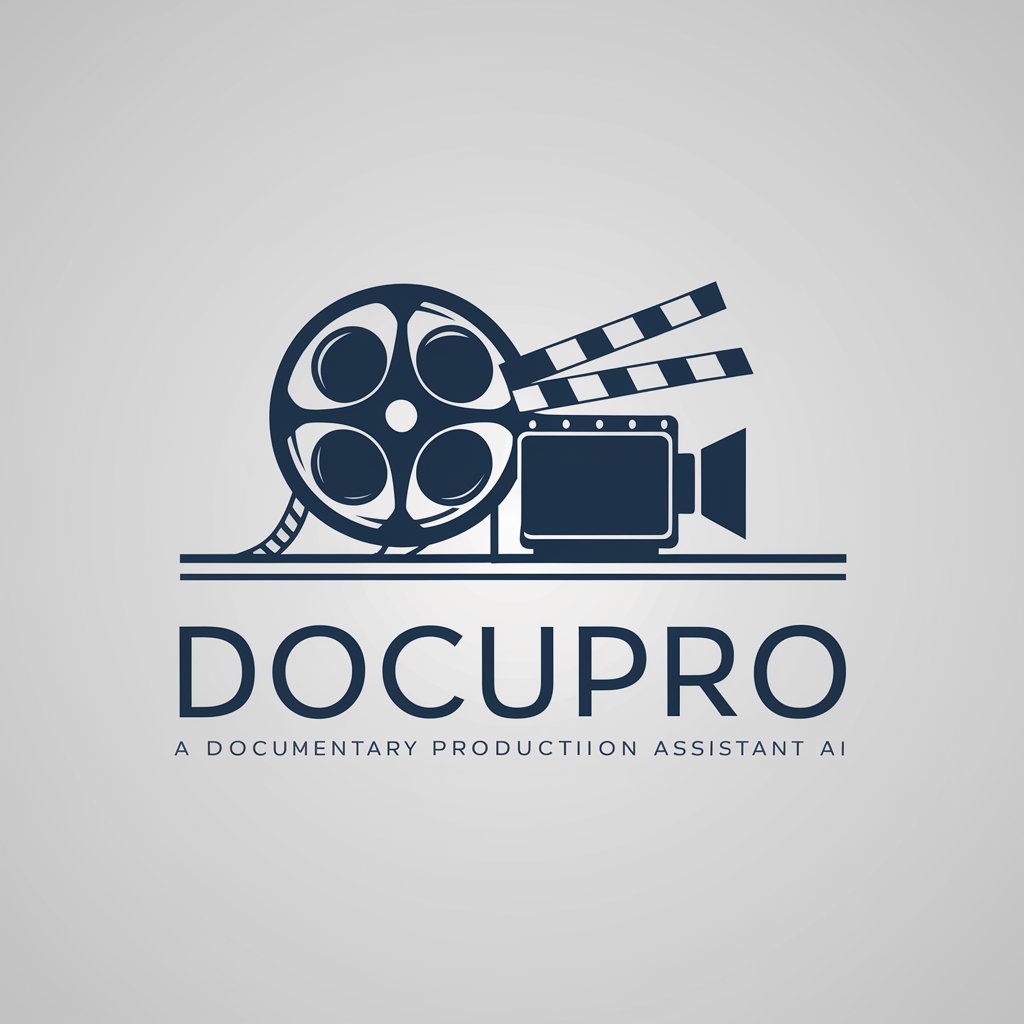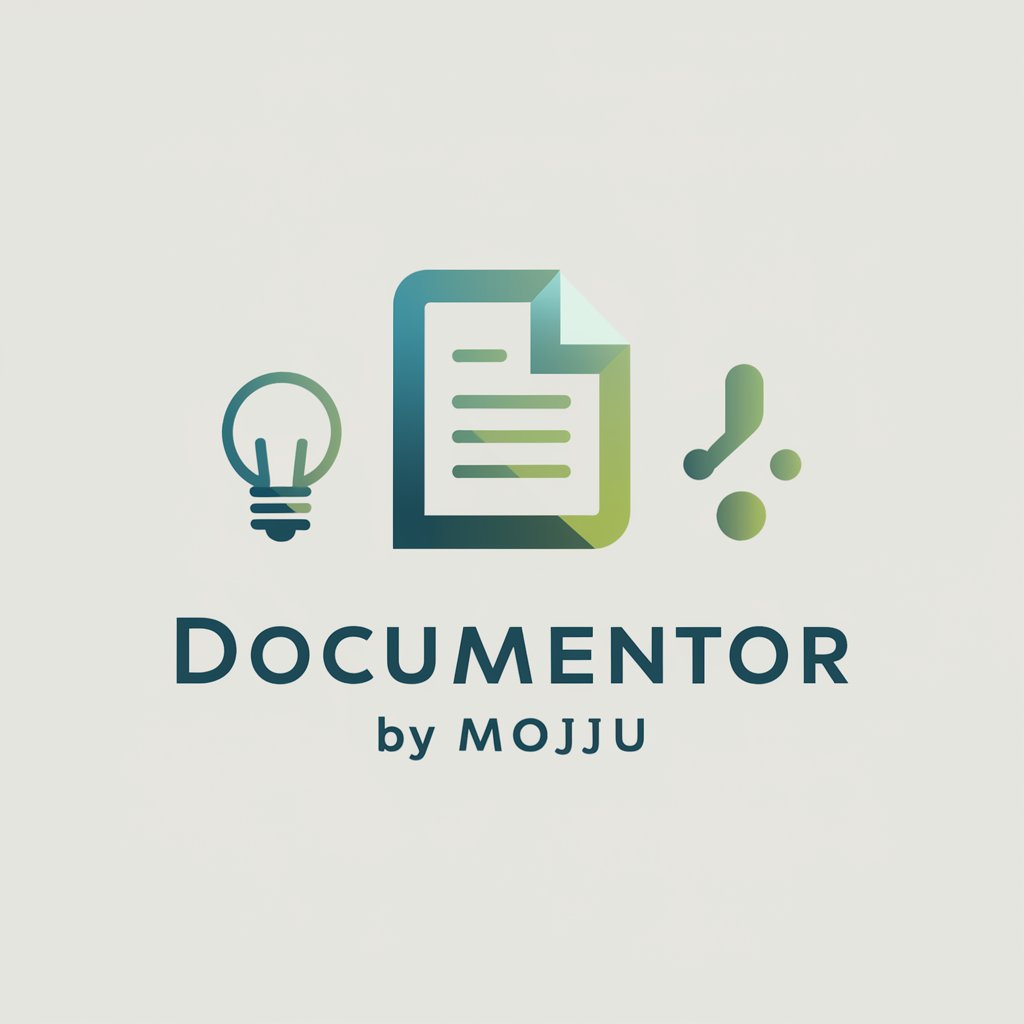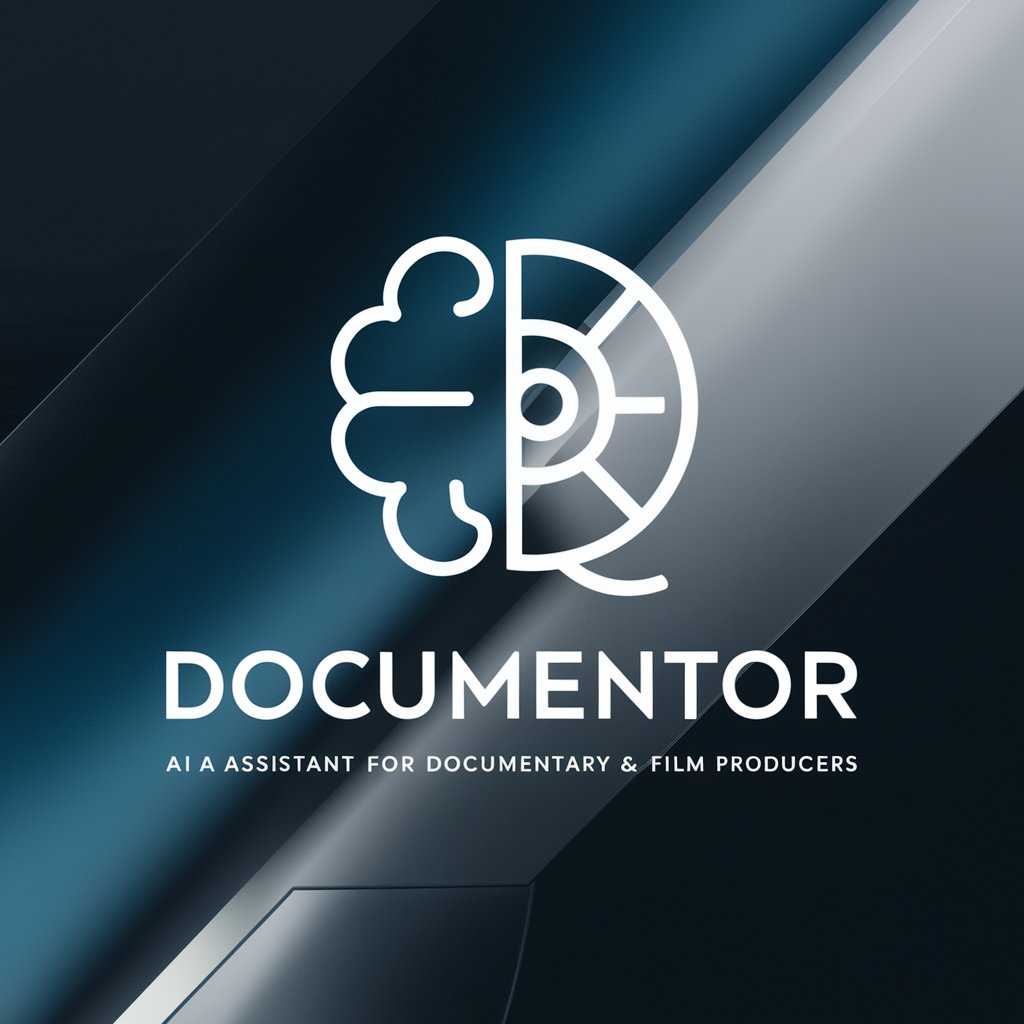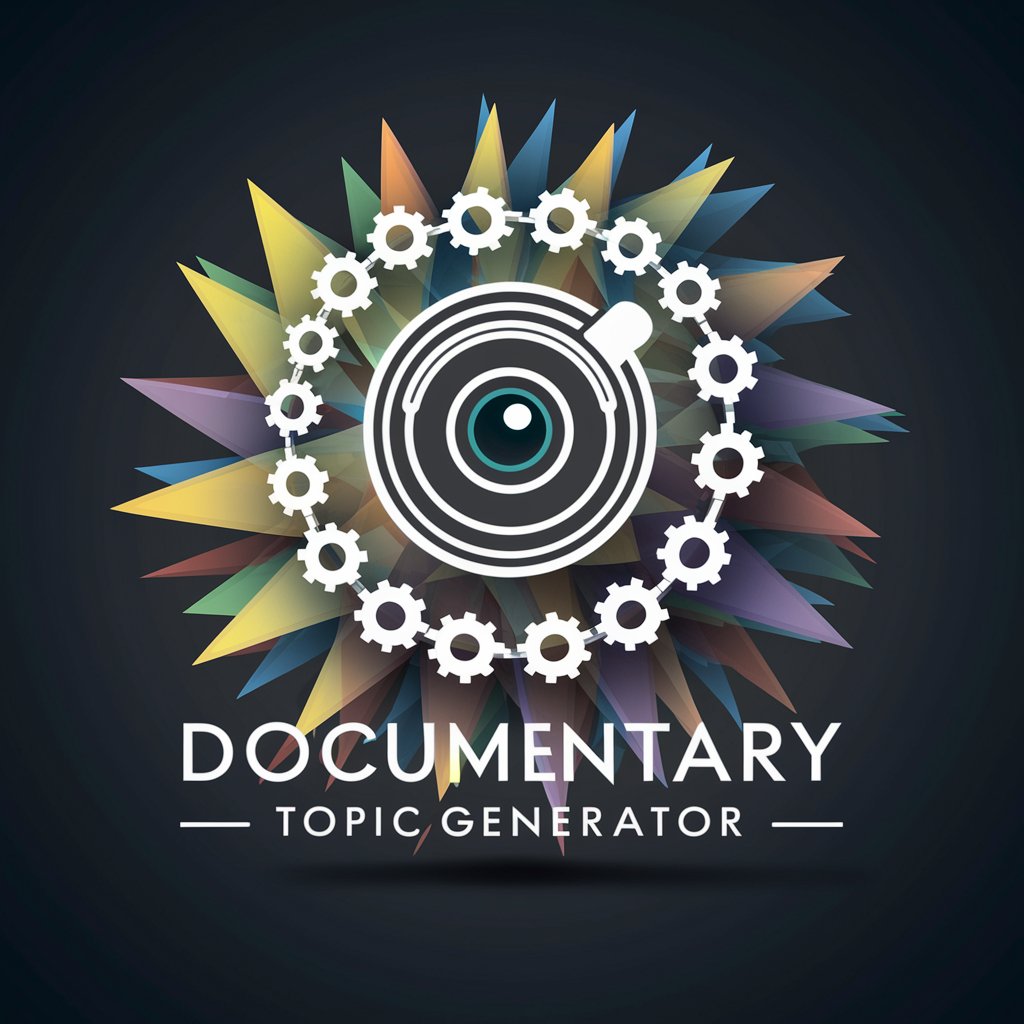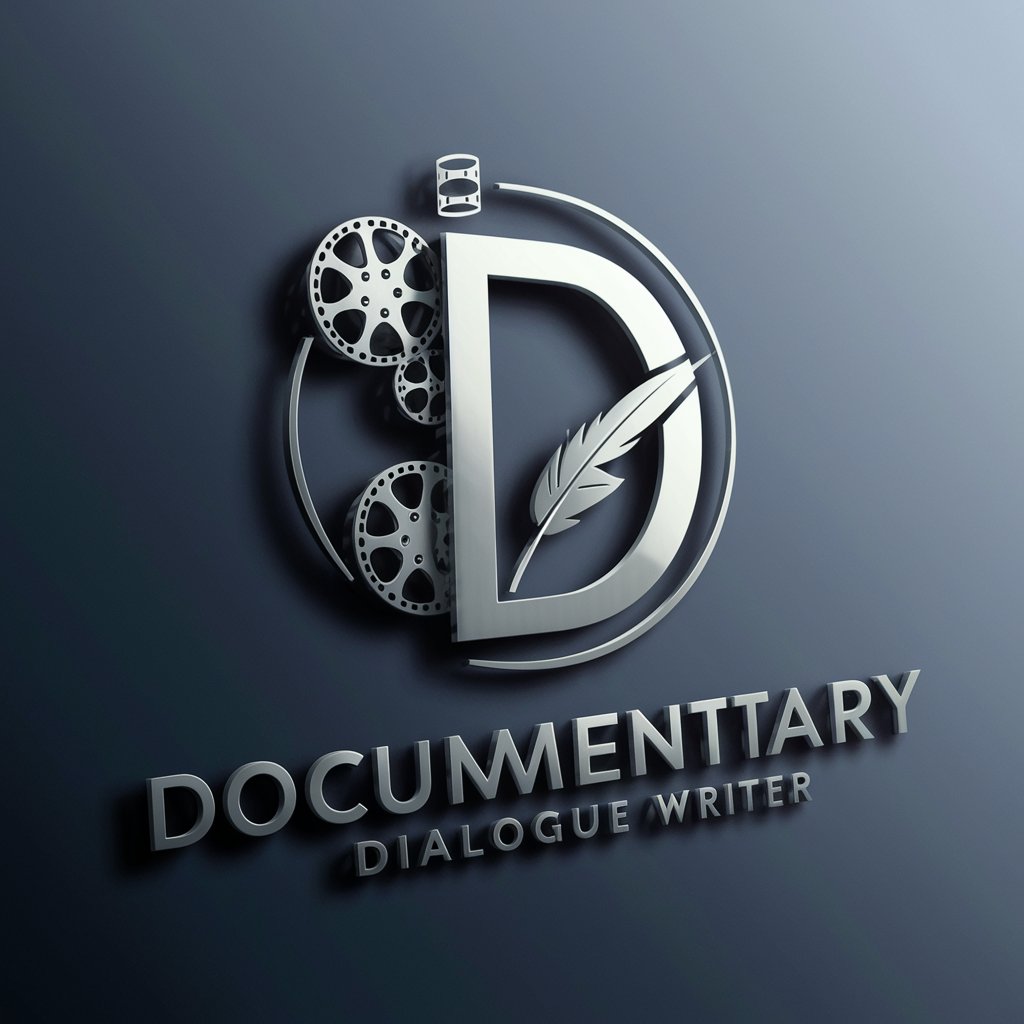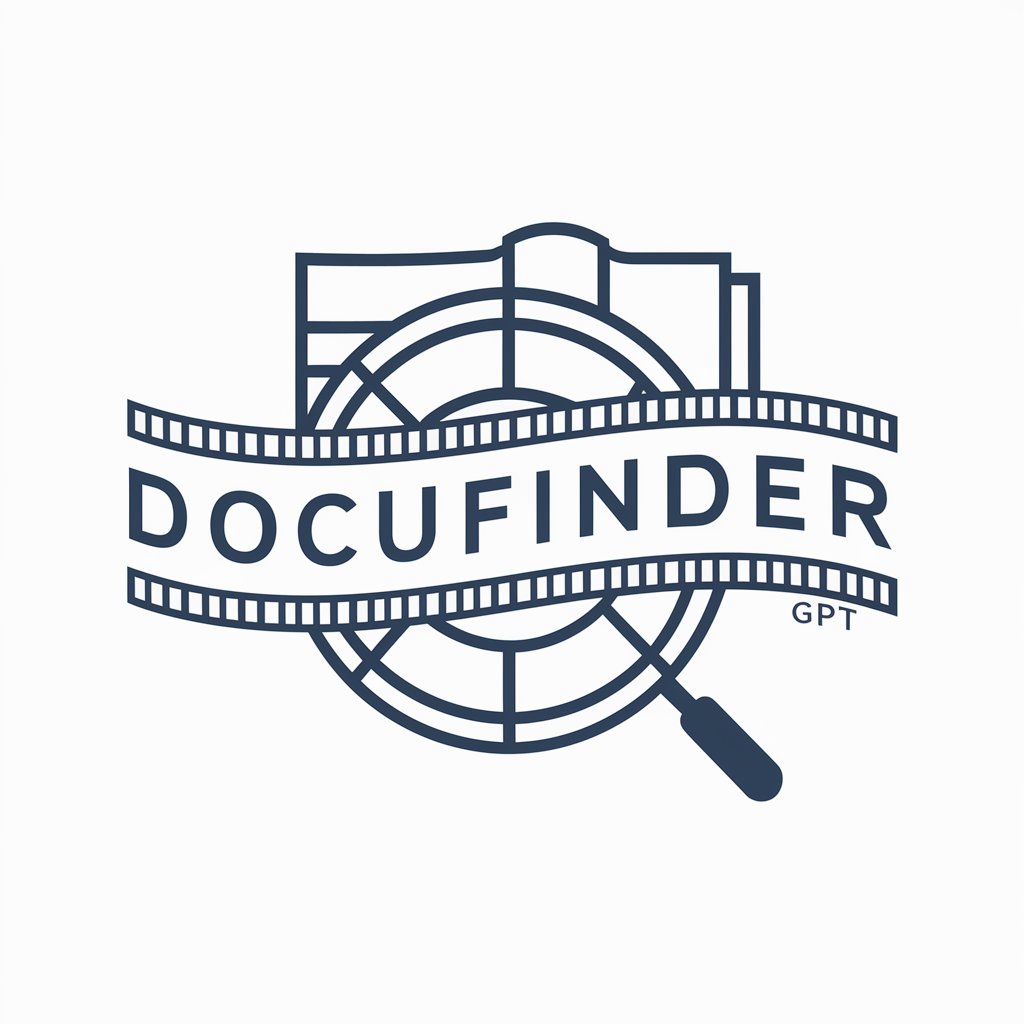
Docummary - RFP Document Analysis
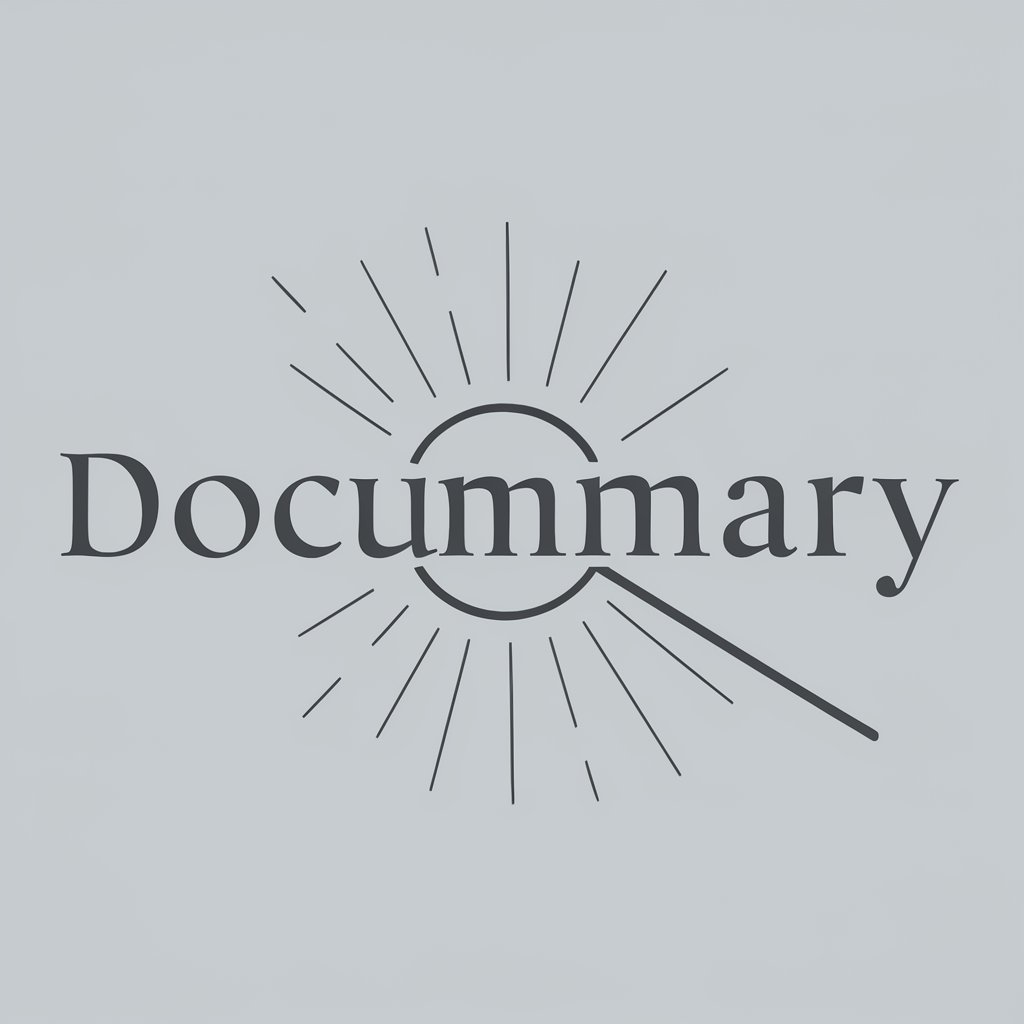
Welcome to Docummary, your expert in RFP analysis.
AI-powered RFP Insight Generator
Analyze the key requirements of the RFP document and summarize them.
Identify the main evaluation criteria mentioned in the RFP.
Extract and summarize the technical specifications from the document.
Provide a detailed overview of the financial terms outlined in the RFP.
Get Embed Code
Overview of Docummary
Docummary is a specialized GPT designed to analyze and summarize Korean Request for Proposal (RFP) documents, both in Word and PDF formats. It is tailored to extract, interpret, and provide detailed insights from the text and tables within these documents. The primary goal of Docummary is to facilitate the understanding and response preparation for RFPs by delivering precise and contextual information. For example, if a company receives an RFP related to a construction project, Docummary can dissect the document to highlight key requirements, evaluation criteria, and submission deadlines, enabling the company to tailor its proposal accordingly. Powered by ChatGPT-4o。

Core Functions of Docummary
Detailed Summarization
Example
For instance, when analyzing an RFP for a software development project, Docummary can provide a succinct overview of project scope, deliverables, timeline, and budget constraints.
Scenario
This is particularly useful during internal strategy meetings where project managers need to quickly understand and assess the feasibility and resource allocation for the bid.
Query-Specific Information Extraction
Example
If a user queries specific details such as 'What are the eligibility criteria for vendors?' Docummary can directly extract and summarize those criteria from the RFP document.
Scenario
This function aids vendors in ensuring they meet all necessary qualifications before preparing a detailed proposal, thus saving time and effort.
Comparison and Analysis
Example
Docummary can compare requirements and conditions across multiple RFPs, providing a comparative analysis that helps identify the most suitable opportunities.
Scenario
This is beneficial for companies managing multiple bids, allowing them to strategically prioritize proposals based on alignment with their capabilities and business goals.
Target Users of Docummary
Proposal Managers
These are individuals responsible for overseeing the preparation and submission of bids in response to RFPs. They benefit from Docummary by gaining a clear understanding of the requirements and conditions laid out in the RFP, ensuring that their proposals are compliant and competitive.
Business Analysts
Business analysts in organizations that frequently respond to RFPs use Docummary to extract essential data points and analyze the feasibility of projects. This helps in making informed decisions on whether to pursue a specific RFP.
Sales and Marketing Teams
These teams benefit from using Docummary by identifying key decision-makers and tailored value propositions included in RFPs, which aids in crafting personalized marketing strategies and proposals.

How to Use Docummary
Step 1
Visit yeschat.ai to start using Docummary with a free trial, no login or ChatGPT Plus required.
Step 2
Upload your RFP document in either Word or PDF format to the platform.
Step 3
Specify your queries or request a full summary of the document using the provided input fields.
Step 4
Review the analysis results, which include key information extraction and summaries specifically tailored to your document's content.
Step 5
Utilize the detailed summaries and extracted data to aid in your response preparation or decision-making process.
Try other advanced and practical GPTs
Artisan Tee Designer
Craft Your Style: AI-Powered T-Shirt Design

Prompt Optimizer
Enhance AI responses with precision
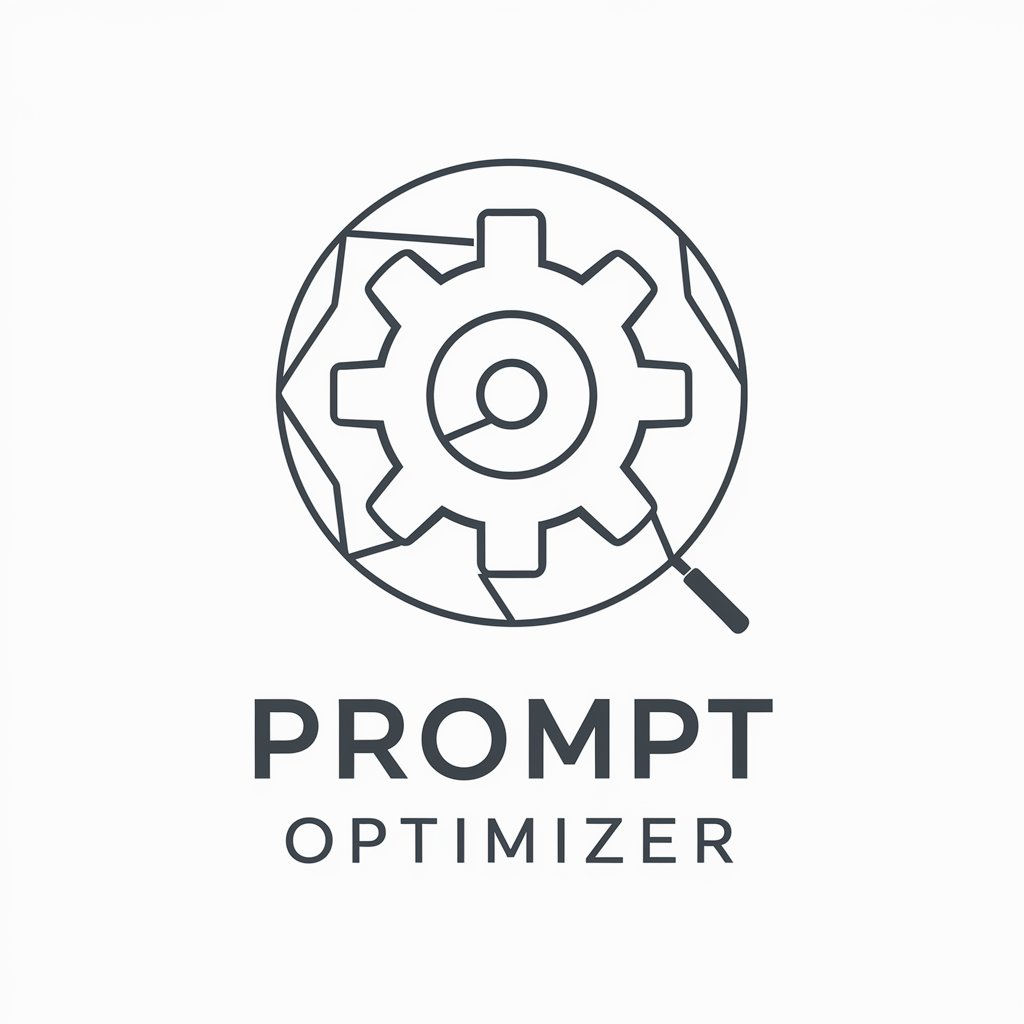
Comic Visioniser
Bringing Your Stories to Life, AI-Powered

模拟面试 - 技术面
AI-powered tool for technical interview simulation.

無限英会話
Perfect your English with AI
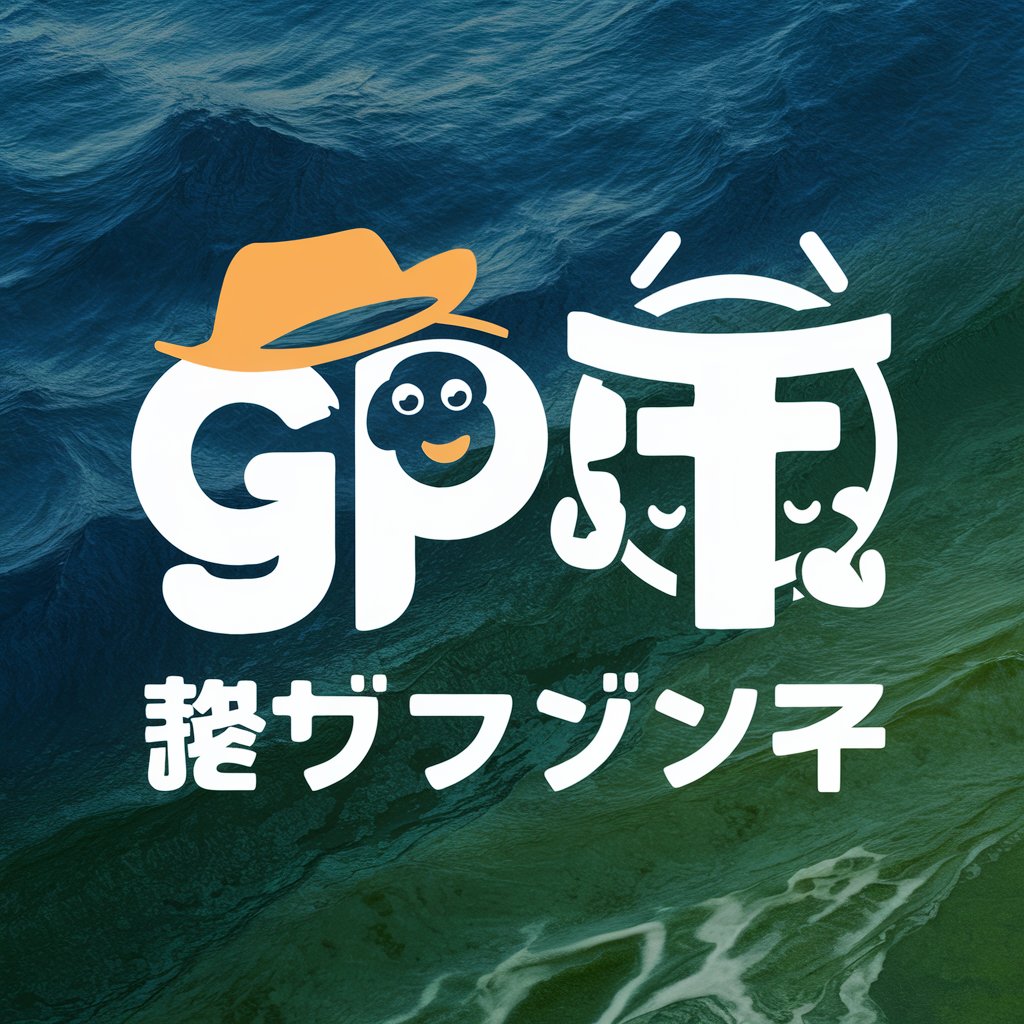
deepl 翻译器
AI-powered translation for documents

Personal Document (& Image) Analyzer
AI-powered Insightful Document Analysis

WebPilot
Empower Your Queries with AI

Web Creator Pro
Empower Your Web Design with AI

Moana Crypto
Empowering crypto learning with AI.

KB증권
Your AI-powered investment partner

CH LEX
Empowering legal inquiries with AI-driven Swiss law expertise.

Frequently Asked Questions about Docummary
What file formats can Docummary analyze?
Docummary can analyze documents in both Word and PDF formats, focusing on extracting and summarizing text and tabular data.
Can Docummary handle documents in languages other than English?
Currently, Docummary specializes in handling documents primarily in Korean, tailored to analyze and interpret the specific nuances and formatting of Korean RFP documents.
How does Docummary ensure the accuracy of its document summaries?
Docummary employs advanced AI algorithms that focus on context and content-specific analysis, ensuring that the summaries are precise and relevant to the document's scope and purpose.
Is there a limit to the size of the document Docummary can process?
There is no strict size limit; however, very large documents may require extended processing time. Docummary is optimized for typical RFP documents, which are usually comprehensive but manageable in size.
How can Docummary assist in preparing a response to an RFP?
Docummary extracts critical elements and requirements from the RFP, allowing users to craft targeted, accurate responses by aligning their proposals with the outlined criteria and expectations.
